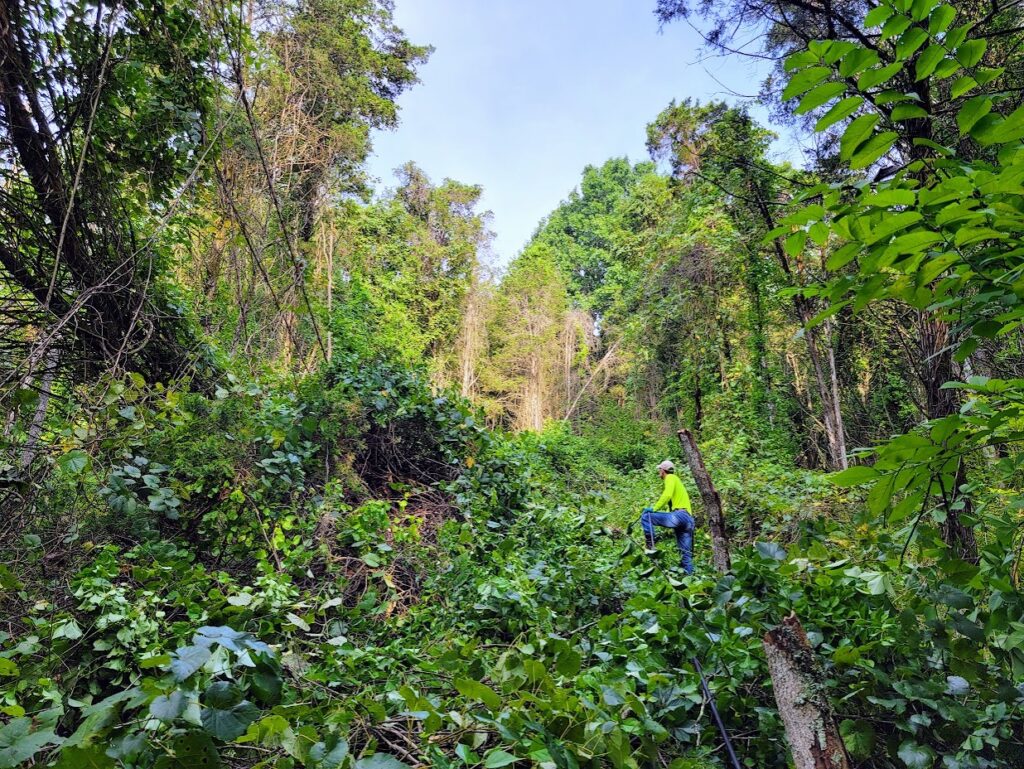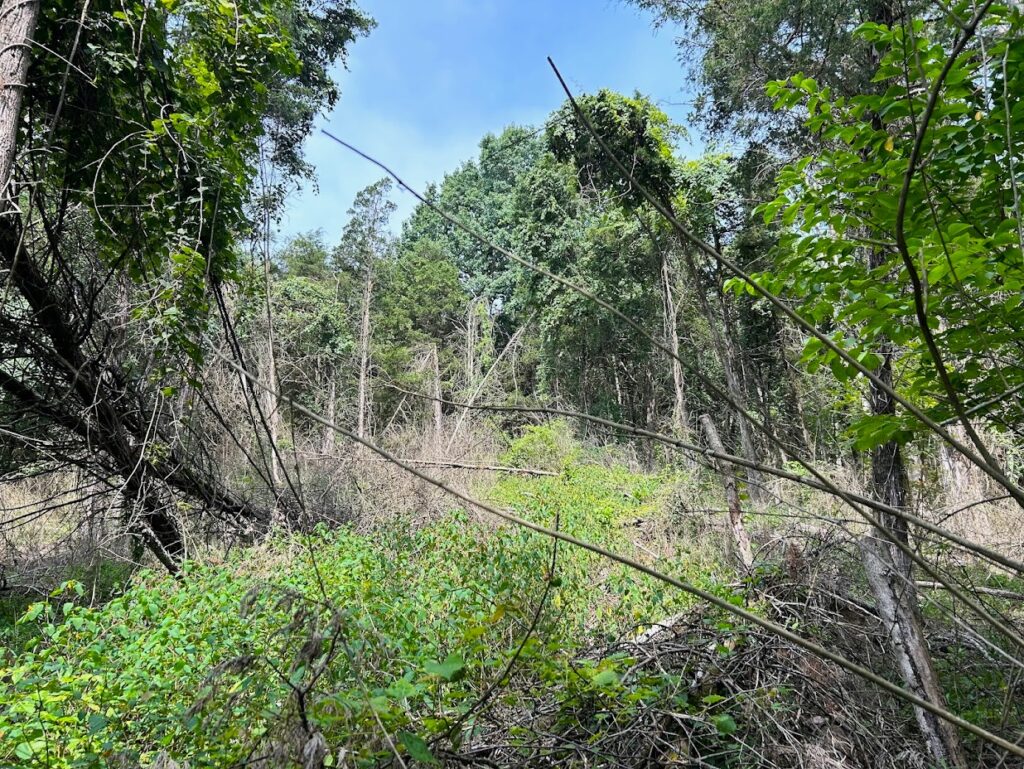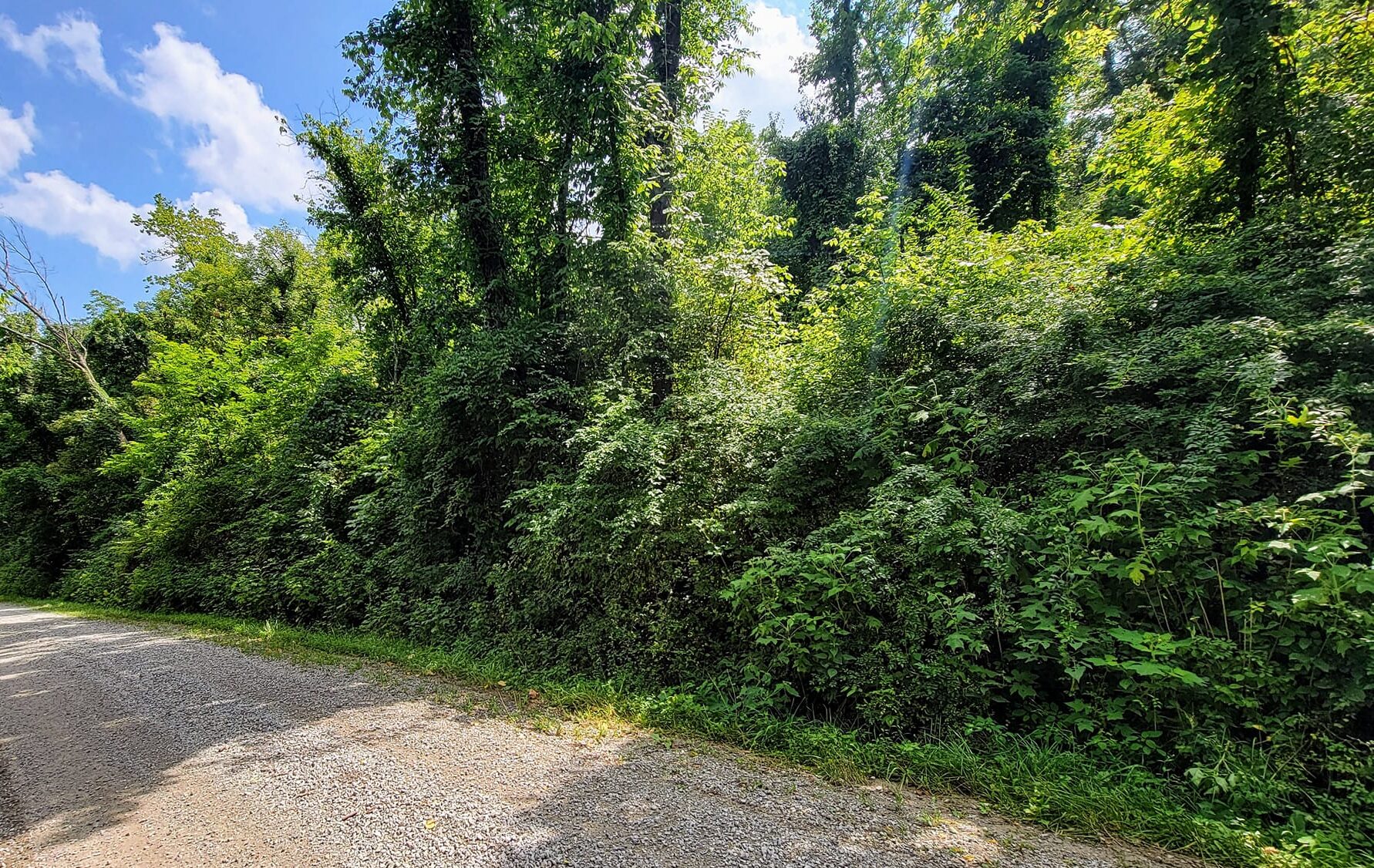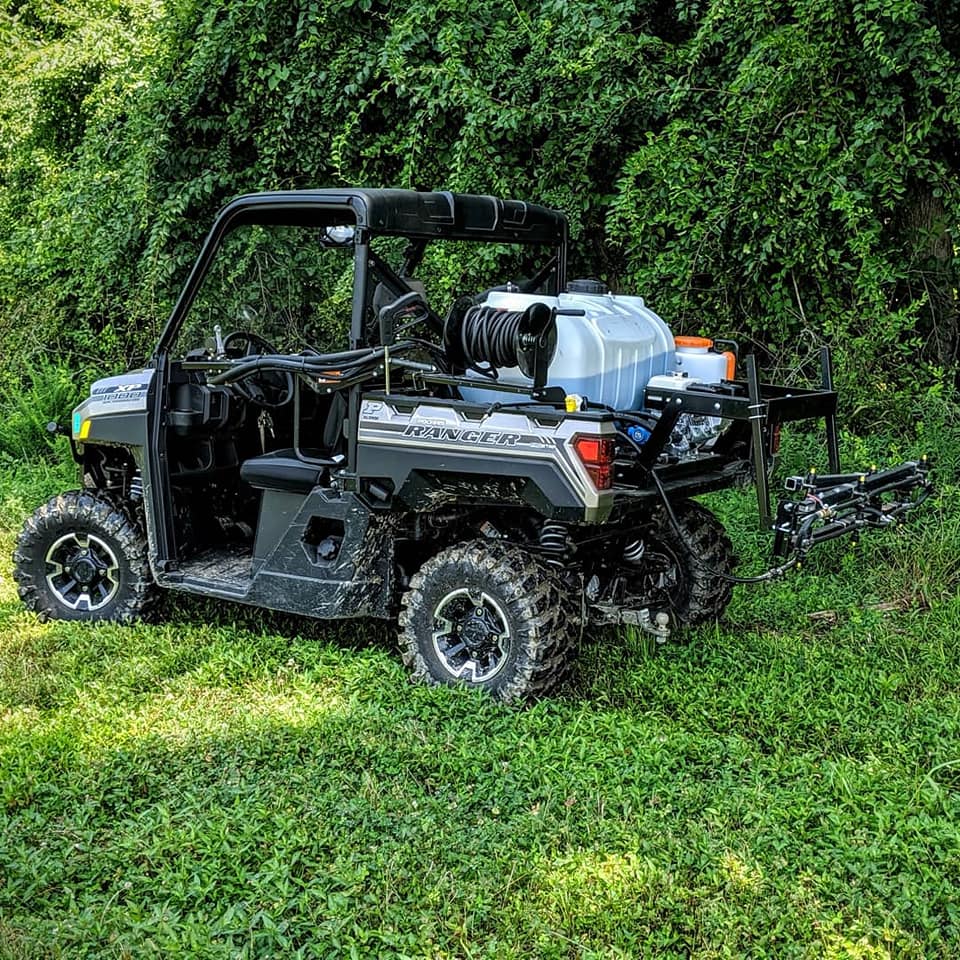Invasive Plant Management
Invasive plants are non-native species which grow and spread very rapidly, negativity affecting the overall health, quality, production of a timber stand/habitat. Invasive plants exist as trees, shrubs, vines, as well as herbaceous plants.
Why Control Invasive Plants?
Invasve plants are able to suppress/prevent native plant growth by outcompeting them for the same space, sunlight, water, and nutrients. They are also able to better compete against our native plants due to their longer growing season. Dense areas containing invasive species degrade wildlife habitat as well as decrease timber value/production. Controlling invasive plants has a direct, positive impact on the overall health, quality, and productivity of a habitat.
Treatment Options
Invasive plants can be treated/controlled either chemically, mechanically, or may required a combination of the two. The specific management prescription is determined by the specific target species, extent of the invasion (density), treatment season, and accessibility of the property.
Chemical Treatment
Invasive plants can be treated with herbicide by either foliar spraying, basal-bark treatments, hack-and-squirt treatments, or cut-stump treatments. Foliar spraying in a forested habitat can be performed by using backpack sprayers as well as hand-held or boom sprayer set-ups on ATV’s, UTV’s, tractors, etc. Backpack sprayers can also be utilized to basal-bark treat invasive plants, which involves mixing herbicide in crop oil and applying it to the bottom portions of trees/shrubs to be absorbed through the bark. An alternative treatment option to basal-bark treatments are hack-and-squirt treatments which involved cutting into the tree and injecting/depositing herbicide into the cuts. Large invasive plants can be mechanically removed by the use of chainsaws and/or brush saws, and the stumps should be treated with herbicide, which is called the cut-stump method. Spraying the stumps after cutting prevents regrowth/resprouting of the plant by killing its root structure.
The specific chemical prescription is dependent on the target species and treatment method and therefore should only be prescribed/utilized by a licensed and trained individual with an active herbicide applicator’s license.
Mechanical Treatment
Aside from the cut-stump method as mentioned above, if the plant invasion is severe enough, invasives can be removed mechanically with the use of heavy machinery, such as a skid steer or excavator, with various head attachments to mulch, cut, grind, and/or clear areas of dense vegetation. It is generally recommended to perform a follow-up herbicide treatment by broadcast spraying the cleared areas to prevent resprout of the undesired plants.
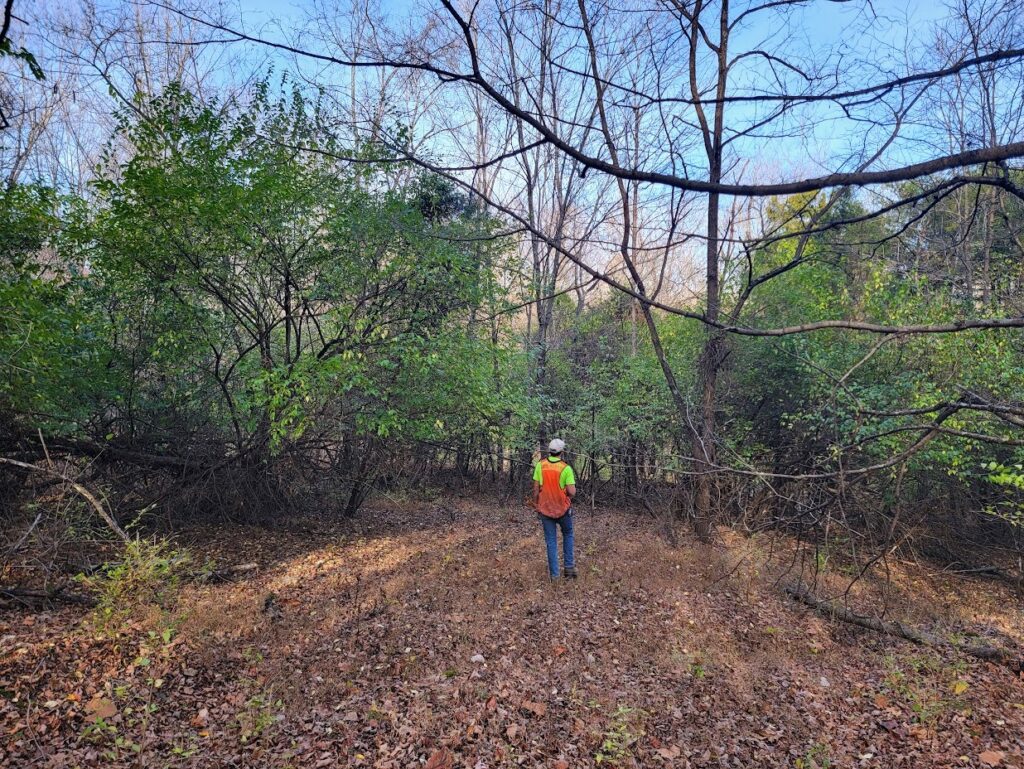
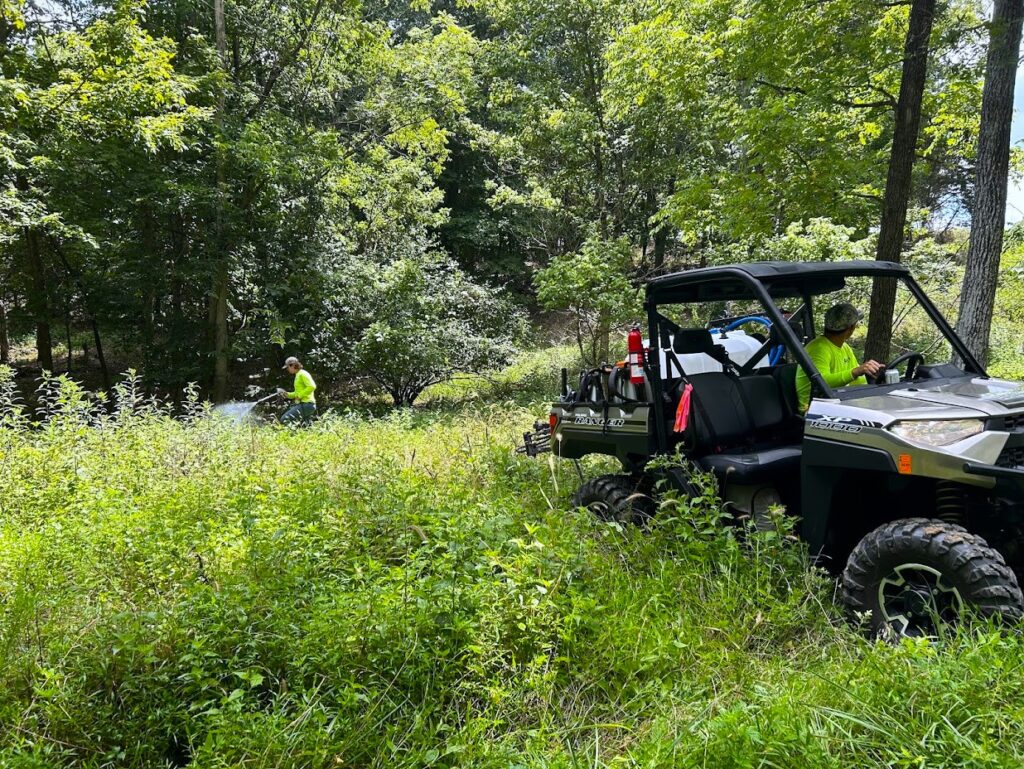
More information:
Indiana DNR’s page on invasive plant species: https://www.in.gov/dnr/naturepreserve/4736.htm
